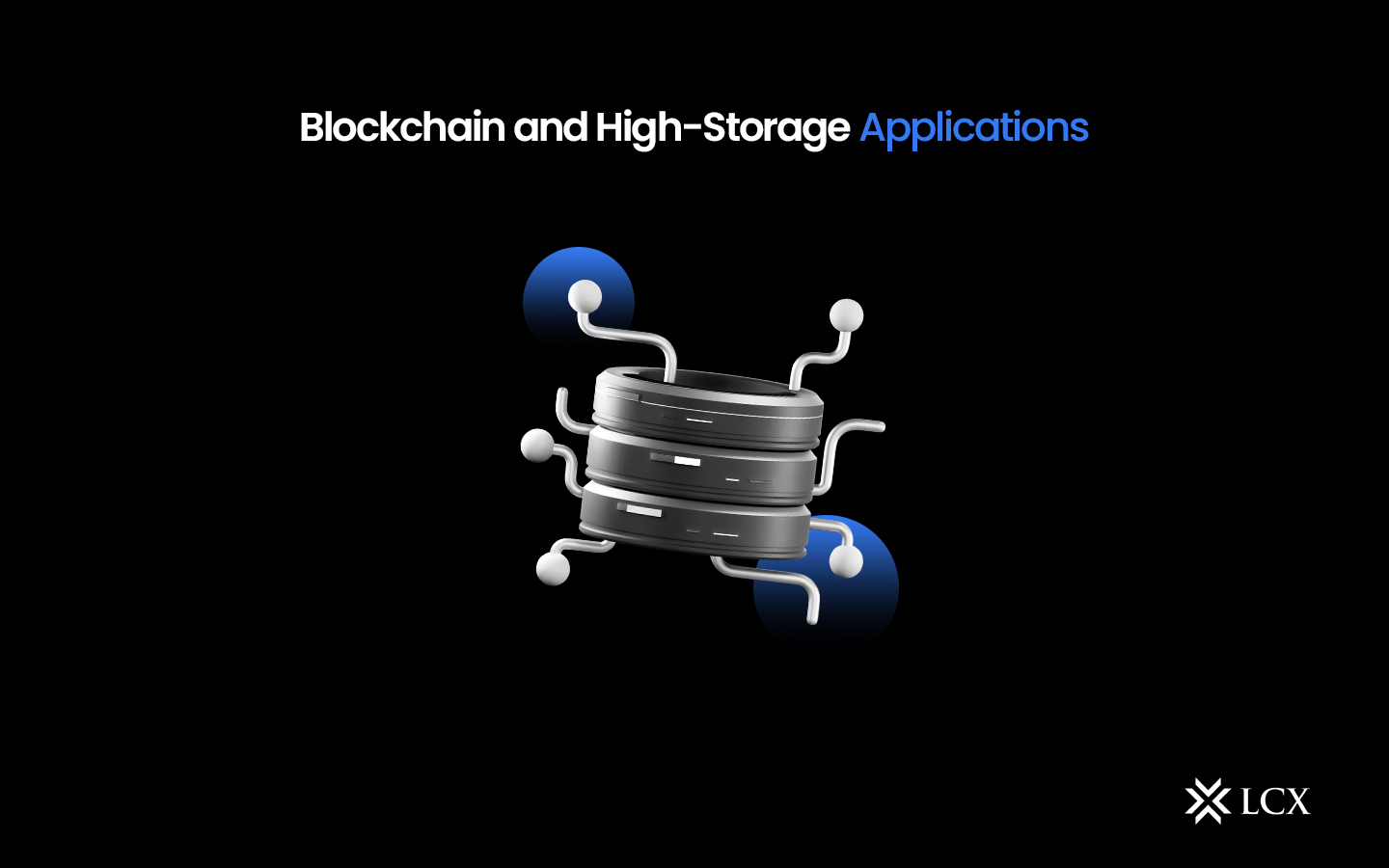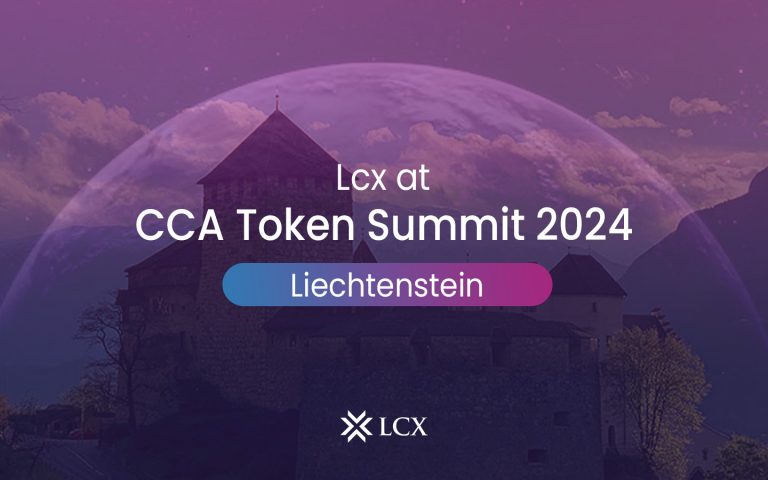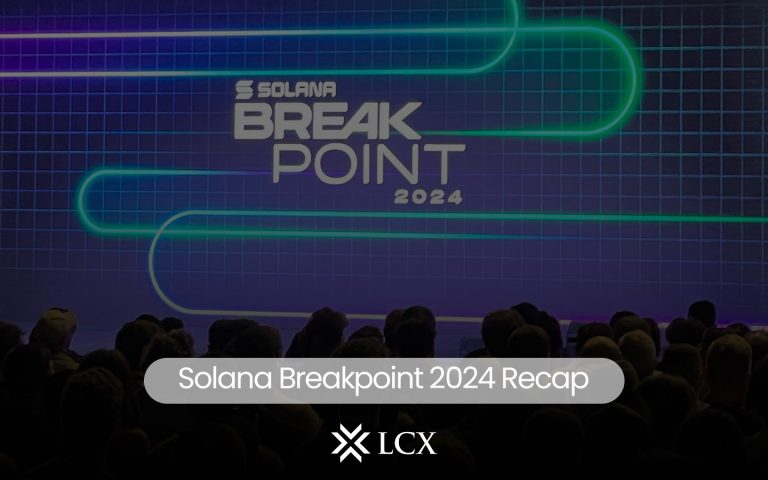Blockchain technology has emerged as a driving force in digital innovation. Presently, blockchain technology has evolved into a robust platform that is on a path to transform numerous industries. Web3, the most potent and popular use case of blockchain technology, is a decentralized and distributed web version that uses blockchain technology and other decentralized technologies to facilitate greater user control, privacy, and data ownership. Web3 is the third generation of the internet. It seeks to transform how we interact with digital services, shifting from centralized models to peer-to-peer networks.
Web3 is based on blockchain technology, a distributed ledger that maintains a continuously growing list of cryptographically-secured records called blocks. This decentralized nature permits peer-to-peer communication. Web3’s main capabilities and features have the potential to revolutionize high-storage applications. Content delivery networks (CDNs) that host images and other visual media, online gaming platforms, and blockchain-based websites are examples of high-storage applications.
The Current Landscape
High-storage applications, such as cloud storage platforms, content-sharing networks, and data-intensive applications, have traditionally relied on centralized infrastructure. These systems, while efficient, are susceptible to single points of failure, security breaches, and a lack of transparency. This is where blockchain technology steps in to address these limitations and pave the way for a decentralized and more secure future.
As digital data grows exponentially, the demand for high-storage applications becomes increasingly evident. Industries such as healthcare, logistics, media, and gaming require blockchain solutions that can securely store vast amounts of data, ranging from medical records and supply chain information to high-resolution images and video content. By incorporating high-storage apps on blockchain technology, organizations can unlock enhanced security, transparency, and decentralization benefits while leveraging the potential for increased efficiency and cost savings.
Benefits of High-Storage Apps on Blockchain
Decentralization: Blockchain technology enables the decentralization of high-storage apps, eliminating the need for a central authority or intermediary. By distributing data across a network of nodes, it becomes highly resistant to censorship and single points of failure.
Enhanced Security: The decentralized nature of blockchain, coupled with its cryptographic protocols, ensures data integrity and security. High-storage apps on the blockchain leverage these inherent security features, making them less vulnerable to hacking, data tampering, and unauthorized access.
Improved Privacy: Blockchain technology enables users to maintain control over their data by using encryption and public-private key pairs. With high-storage apps on the blockchain, individuals can securely store and share sensitive information without relying on third-party service providers.
Transparent Data Handling: Blockchain’s immutable and transparent nature provides an auditable record of data transactions. High-storage apps can leverage this transparency to enhance data provenance, track changes, and maintain an immutable history of files.
Requirements for Blockchain Compatibility with High-Storage Apps
Scalability: High-storage applications handle vast amounts of data, requiring blockchain networks to scale accordingly. To ensure compatibility, blockchain protocols need to support high throughput and low latency to accommodate the demands of storage-intensive applications.
Storage Efficiency: Blockchain networks need to optimize storage solutions to minimize redundancy and reduce the overall storage footprint. Techniques such as data compression, sharding, and distributed file systems can be employed to achieve efficient storage utilization.
Interoperability: The future of high-storage apps on the blockchain depends on interoperability with existing infrastructure and protocols. Standards and protocols, such as IPFS (InterPlanetary File System) and Sia, are emerging to facilitate seamless integration between blockchain networks and storage applications.
Consensus Mechanisms: Traditional consensus mechanisms like Proof of Work (PoW) and Proof of Stake (PoS) may not be suitable for high storage applications due to their resource-intensive nature. Blockchain networks need to explore alternative consensus mechanisms that strike a balance between security, scalability, and energy efficiency.
Data Privacy and Access Control: High-storage apps often deal with sensitive data, requiring robust privacy features. Blockchain technology should incorporate advanced encryption schemes and permission models to provide fine-grained control over data access and sharing.
Cost Optimization: As blockchain technology matures, the costs associated with storage and data transactions need to be optimized. High-storage apps on the blockchain should strive for cost-effectiveness without compromising security and performance.
Scaling Solutions: Tackling Storage Challenges
To enable high-storage apps on blockchain technology, the industry is actively exploring scaling solutions. These solutions aim to address the limitations of current blockchain networks and enhance their storage capacities. Two notable approaches gaining traction are sharding and layer-two solutions.
Sharding: Sharding involves dividing the blockchain network into smaller, interconnected pieces called shards. Each shard operates independently and handles a subset of the overall network’s transactions and storage requirements. By distributing the workload across multiple shards, blockchain networks can achieve higher throughput and storage capabilities, enabling the support of high-storage applications.
Layer-Two Solutions: Layer-two solutions build upon existing blockchain networks by creating additional layers that process transactions and store data off-chain. These layers, often referred to as sidechains or off-chain protocols, leverage the security of the underlying blockchain while providing greater scalability and storage capacities.
Conclusion
The integration of high-storage apps with blockchain technology presents a promising future for decentralized and secure data management. By leveraging the benefits of blockchain, such as decentralization, enhanced security, and data transparency, these applications can revolutionize industries reliant on centralized infrastructure. To realize this potential, blockchain networks must address scalability, storage efficiency, interoperability, consensus mechanisms, data privacy, and cost optimization. As technology evolves, we can look forward to a future where high-storage apps seamlessly coexist with blockchain, empowering individuals and organizations with greater control and security over their valuable data.










